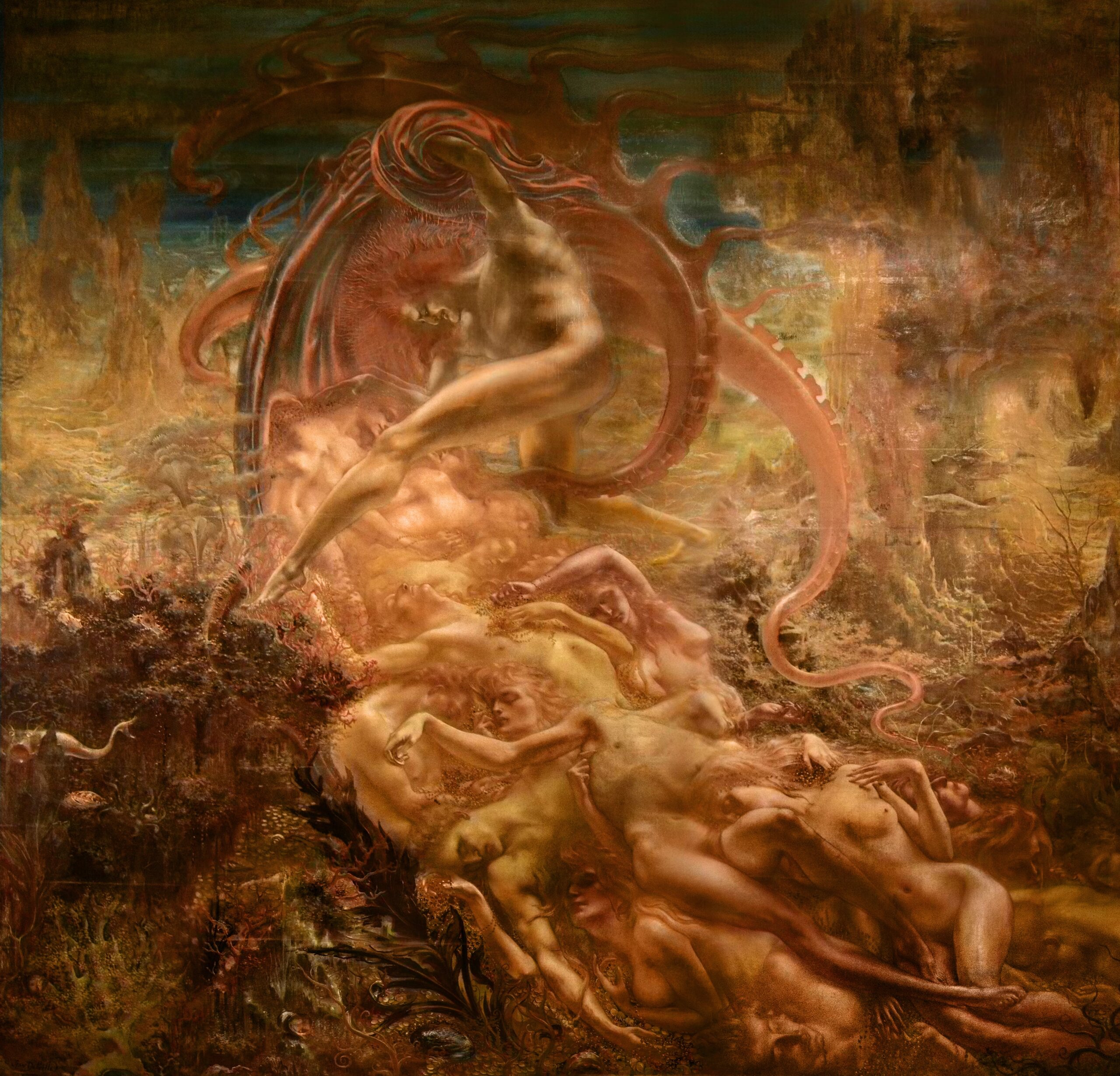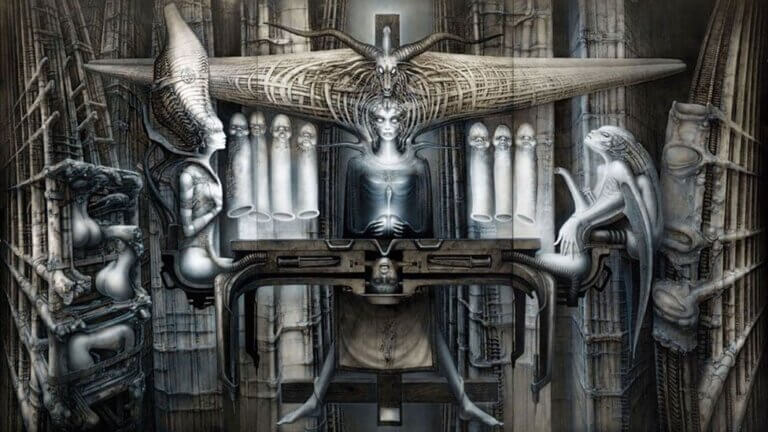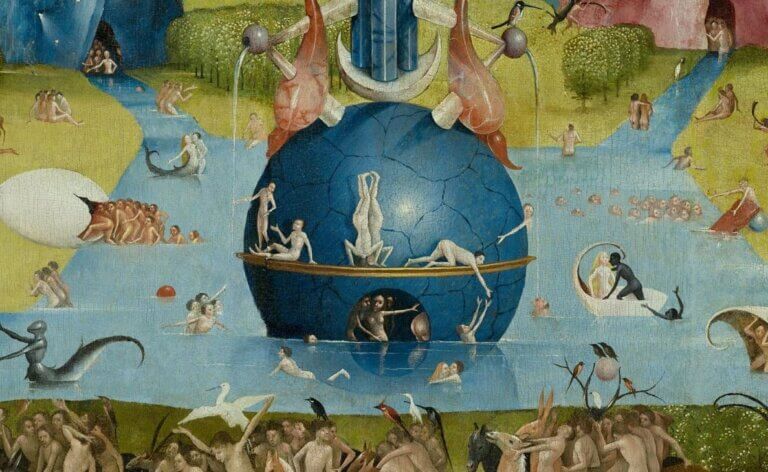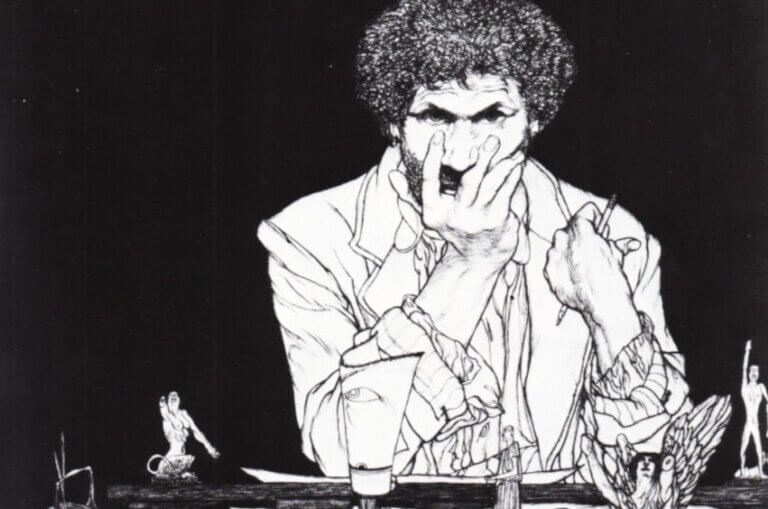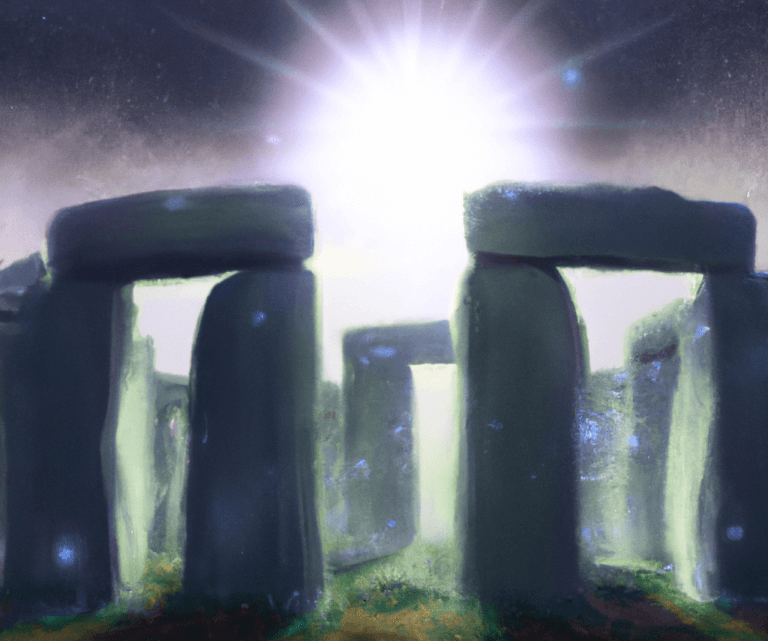Jean Delville: Mystic Symbolism and the Belgian Fin de Siècle
The turn of the 20th century was an era of transition and redefinition in art. Artists across Europe were rebelling against the conventions of the previous century, seeking new forms and modes of expression to convey the changing spirit of the age. Among these artists, Jean Delville stood out as a key figure in Belgium’s Symbolist movement. While not as internationally renowned as some of his contemporaries, Delville’s work epitomized the mysticism, spirituality, and philosophical depth that characterized Symbolism.
Early Life and Education
Born in 1867 in Louvain, Belgium, Jean Delville was exposed to art from a young age. By the age of twelve, he was already attending the Academy of Fine Arts in Brussels. His formal training laid a solid foundation, but it was his personal interests in mysticism, spiritualism, and esoteric philosophies that deeply influenced his artwork.
The Essence of Symbolism
Symbolism as an art movement can be described as a reaction against the overt realism and materialism of the 19th century. Instead of focusing on the external world, Symbolists turned inward, exploring the mysteries of the human soul, dreams, and the subconscious mind.
Delville’s artworks were deeply rooted in this symbolic ethos. He was inspired by various sources: from classical mythology and ancient religions to contemporary spiritual movements like Theosophy. His paintings often depicted ethereal, otherworldly scenes, transcending the mundanity of physical existence and aiming to capture the ineffable realms of the spirit.
Notable Works
Perhaps Delville’s most famous work is “The School of Plato” (1898). This painting encapsulates the artist’s philosophical leanings, portraying the ancient philosopher amidst a sea of ethereal figures, bathed in a celestial light. The artwork is a testament to Delville’s belief in the transformative power of knowledge and the eternal quest for truth.

Another notable work is “The Treasures of Satan” (1895). This piece captures the tensions between materialism and spiritual purity, a recurrent theme in the Symbolist movement.
Theosophy and Beyond
Delville’s involvement with Theosophy, a spiritual movement founded in the late 19th century, further refined his artistic vision. Theosophy emphasized the unity of all religions and sought to uncover the universal truths underlying them. This philosophical framework resonated with Delville, who saw art as a means of expressing these eternal truths. His association with Theosophy also led him to be part of various esoteric circles in Belgium, further expanding his intellectual and artistic horizons.
Legacy
While Jean Delville may not enjoy the same level of international acclaim as other artists of his era, his impact on Belgian art and the Symbolist movement is undeniable. His works serve as poignant reminders of an age where artists sought to transcend the physical realm, delving deep into the mysteries of the human spirit.
In contemporary times, Delville’s art has experienced a resurgence of interest, especially among those fascinated by the spiritual and esoteric. His paintings, steeped in mysticism and philosophical depth, continue to inspire and captivate audiences, serving as a bridge between the past and the present.

